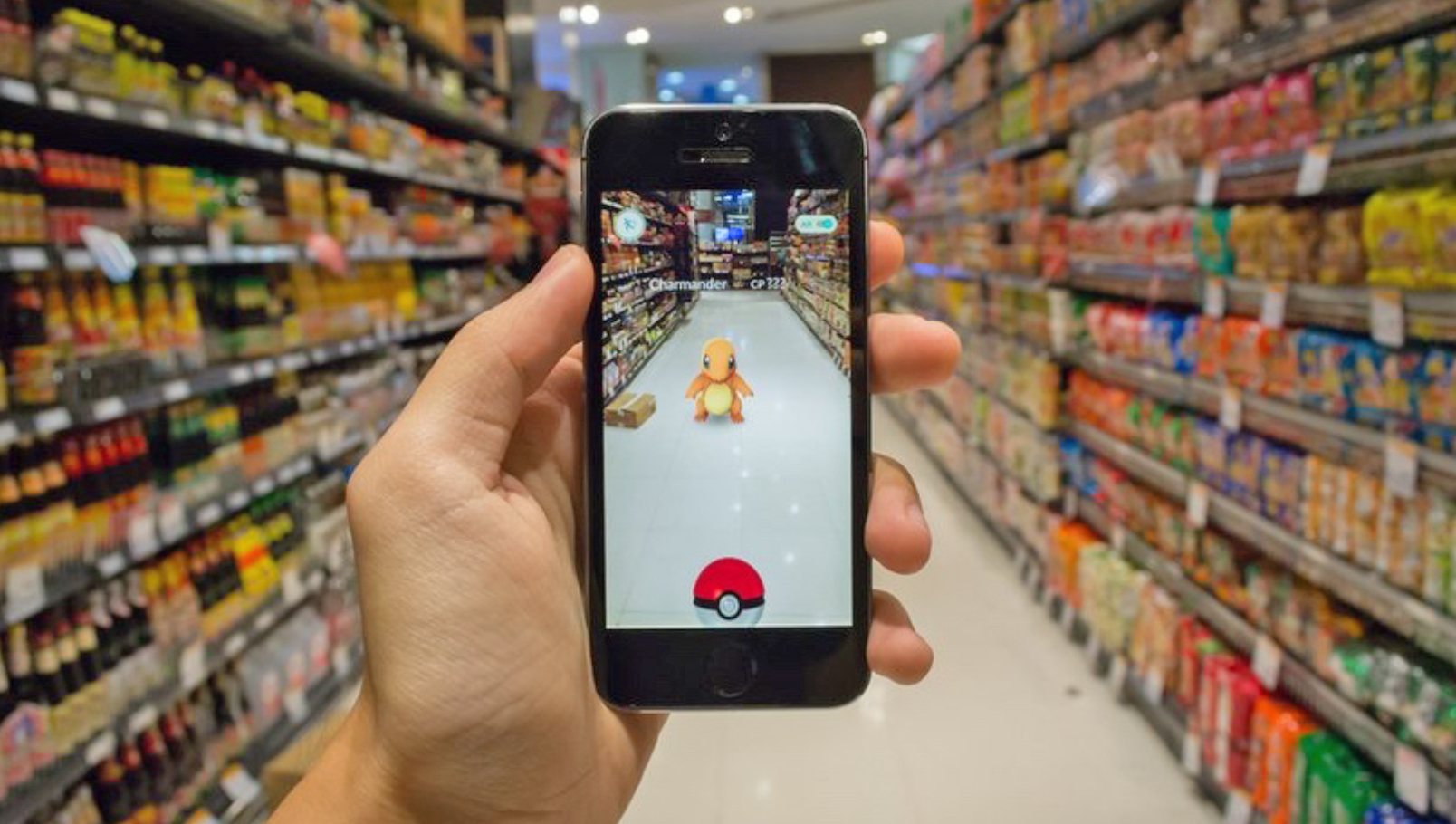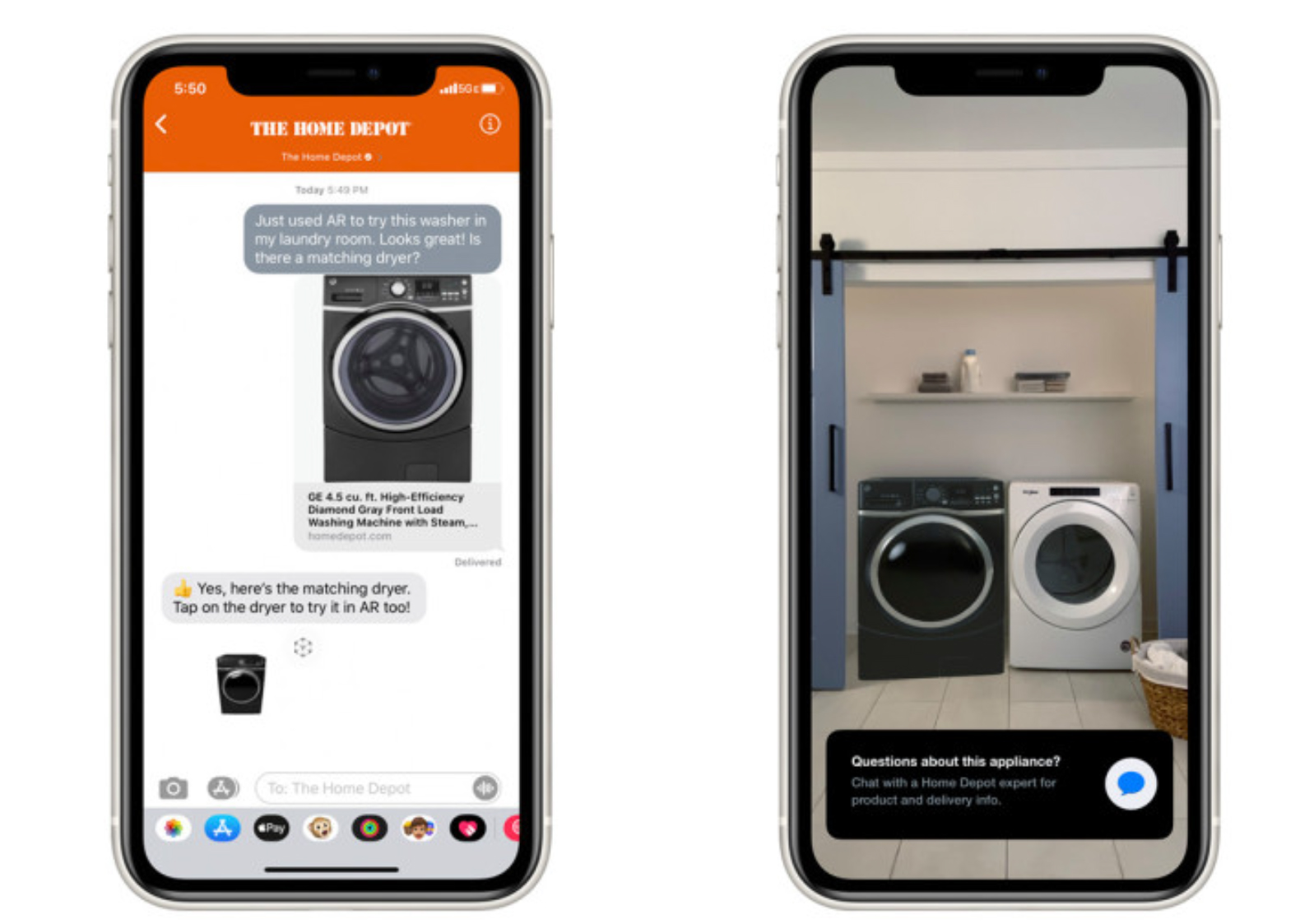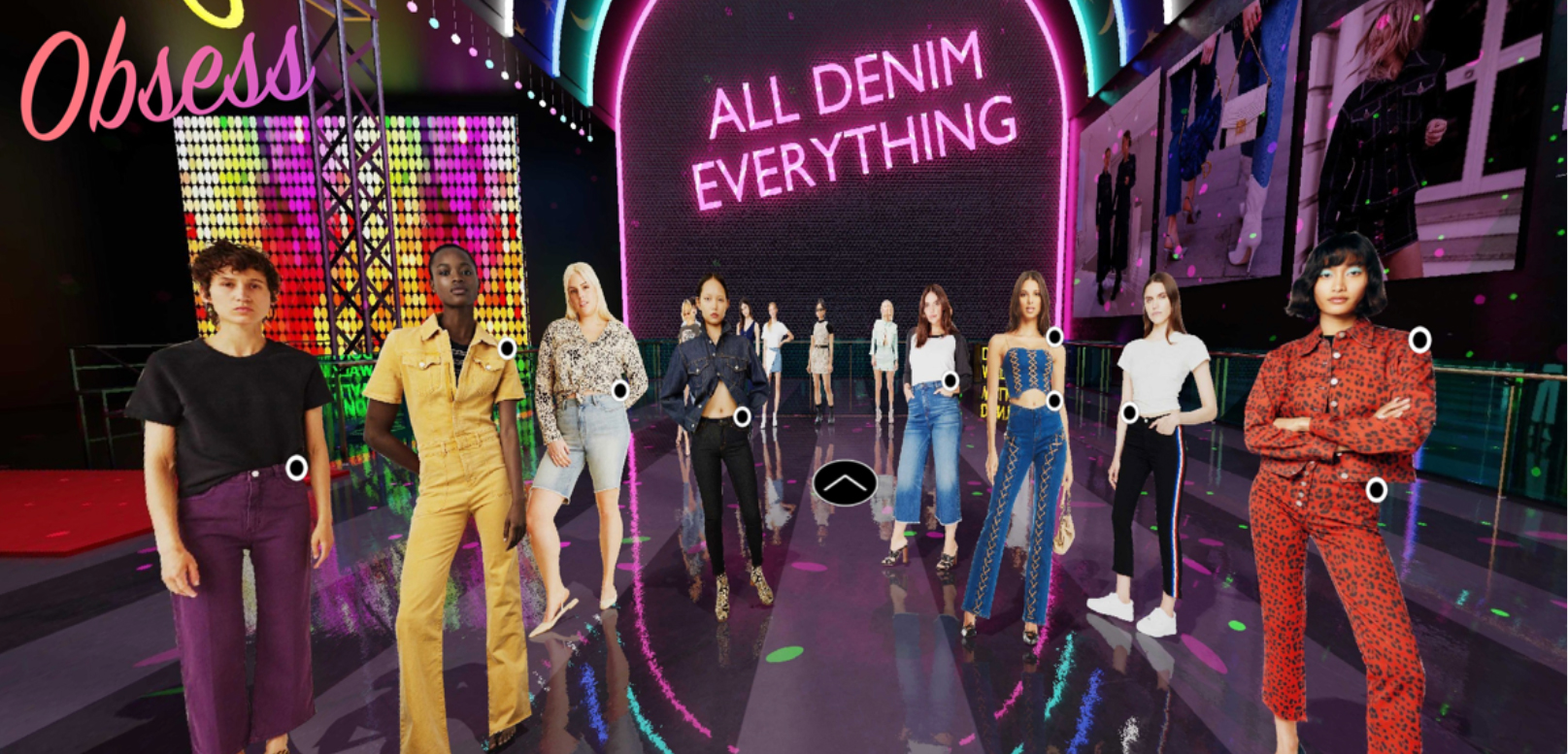
DIpil Das
Reality technology—also defined as immersive technology—describes the platforms that use digital technology to emulate physical objects and real-life experiences. Brands and retailers across the retail industry are adopting these technologies in order to enrich the consumer shopping journey. Read more in our deep dive into the use of reality technologies in the home sector: Can AR and VR Be Game Changers in Furniture Retail?
AR/VR and the Coronavirus
We see a number of implications for the reality technologies market—VR in particular—amid the coronavirus outbreak. Notably, disruptions in supply mean that an increase in demand may be difficult for retailers to meet.
Supply: The global pandemic will disrupt availability of VR products in retail channels, as inventory is stranded in retail stores and in much of the supply chain due to component shortages. The crisis has delayed product launches: Qualcomm, which planned to demonstrate its 5G VR headsets in early March, pushed back the product release date.
Demand: A large number of consumers are housebound by coronavirus lockdowns and so will be looking for entertainment and escape. If consumers are unable to travel, go to the shops or even step outside, VR can enable them to do these activities virtually. As a result, we are seeing a boost in demand for VR headsets as well as other gaming electronics, such as Nintendo’s Switch. Reflecting this, Facebook’s standalone headset Oculus Quest, which is priced from $399, is currently out of stock until April.
Potential boost to commercial adoption
Coronavirus-driven temporary store closures are forcing multichannel retailers to sell online only. These retailers will see a huge hit to overall sales and must make efforts to drive sales-transfer rates from shuttered stores to their e-commerce sites. AR and VR tools can be deployed by retailers to translate some of the experiential elements of physical stores to online shopping, thus enabling them to build a competitive advantage over other online retailers.
In fashion, VR can be the new showroom. Typically, when brands in the fashion sector release new, seasonal clothing lines, they rely on traditional showrooms to display and promote their items to wholesale buyers. However, the current coronavirus shutdown means this is not an option. VR platforms can address this pain point by creating virtual showrooms, allowing buyers to visualize products.
Market Update
Prior to the outbreak of the coronavirus, the global AR and VR market was forecast for explosive growth of 79% in 2020, according to market research firm Statista (shown in Figure 1).
The steady growth that the market has seen since 2016 also paused in 2019 due to demand slowdown, as a lack of regular product launches meant that consumers were anticipating upcoming product refreshes.
Figure 1. AR and VR Technologies: Global Market Size, 2016–2020E* (USD Bil.)
[wpdatachart id=39]
 Pokémon hunt in a grocery store
Pokémon hunt in a grocery store
Source: Wachiwit/Shutterstock [/caption] Once the coronavirus crisis passes, brands and retailers may find themselves competing for traffic as customers release pent-up demand. Now might be a good time for companies to build marketing campaigns that center around innovative technologies that drive physical footfall, such as gaming. Although Pokémon Go lures people to certain physical locations, the game does not engage consumers in browsing or purchasing items—but the next generation of AR innovation could realize potential in brick-and-mortar retail by adding shoppable functionality. Apple Adds Purchasing Functionality to Its AR Platform In February 2020, Apple updated its Quick Look AR tool to incorporate a direct checkout feature. Launched in 2018, the tool previously only let users browse products using AR, before being redirected to the retailer’s website or app to research or purchase items. A growing number of retailers, such as Home Depot, are incorporating this technology into their applications. According to a Coresight Research survey of US Internet users, 78% of those who use social media as part of the shopping process abandon purchases after discovering a product due to a lack of a built-in purchasing functionality. Allowing consumers to check out instantly during their discovery process is therefore likely to increase conversion rates for brands and retailers. [caption id="attachment_106961" align="aligncenter" width="700"] Apple’s Quick Look technology is used by retailers such as Home Depot
Apple’s Quick Look technology is used by retailers such as Home Depot
Source: TechCrunch [/caption] VR Stores and Showrooms Experiential e-commerce platform Obsess leverages AR and VR to build virtual stores and showrooms for brands and retailers. Shoppers can visit Obsess’s website to browse products and make purchases, without needing to download an app—ensuring accessibility for both Android and iOS system users. In addition, the platform does not require 3D models of physical products to build virtual stores, thus reducing adoption and implementation costs for retailers. The Obsess platform enables retailers to create virtual showrooms, allowing buyers to visualize products. Similarly, the same technology can be used to mimic an actual physical store, offering a more authentic retail shopping experience for consumers. [caption id="attachment_106962" align="aligncenter" width="700"] Obsess VR store
Obsess VR store
Source: Obsess [/caption] Marxent Reinvents In-Store Experience and Social Media Content Creation Founded in 2012, Marxent is a leading omnichannel 3D design and visualization platform for home goods retailers and manufacturers. Leveraging AR and VR technologies, the company helps shoppers to plan, design and visualize their furniture selections before buying. In February 2020, Marxent announced its reinvention of social media content for home improvement and furniture retailers. Its Social Rooms™ solution simplifies the process for professionals to design interior scenes and share them to social media platforms. Social Rooms™ also allows marketing teams to control rendering costs by selecting the render speed that will not overrun the target budget. Recently, Marxent also signed Regina Andrew, a lighting company, as a 3D content partner. Marxent partnered with Macy’s to launch over 90 VR installations in stores nationwide in October 2018—the largest VR rollout in retail history. Using VR goggles, shoppers provide the dimensions of a room, pick their furniture pieces and then design virtual rooms on a screen. According to Macy’s second-quarter 2019 results, return rates for customers who used the VR offering were 25% lower and basket sizes 44% higher compared to customers who did not use the technology. VR Headsets for Consumers There has been much technology innovation in VR headsets. Previously, these devices required a cable connection to a computer or mobile phone, but many new products are transitioning into independent hardware with built-in memory storage. As more options become available on the market and with the consumer adoption rate continuously growing, brands and retailers can look to leverage such technology to offer an innovative shopping journey for consumers. Device makers are also adding development capabilities into their hardware, enabling people to create AR experiences. For example, on March 18, 2020, Apple released the latest iPad Pro with a Lidar scanner, which users can leverage for AR projects. As more tools in the reality technology market become available, we expect to see more diverse and deepening applications in retail in the future.
*The estimated market value for 2020 is a pre-coronavirus figure Source: Statista
Reality technology is still in its early stages. Other than consumer entertainment, many of its initial applications are in the manufacturing sector, where the use of AR/VR-enabled headsets enhances industrial safety by providing engaging and immersive training for workers that use dangerous equipment, exposing them to real-life emergencies and experiences in a safe environment. VR headsets are now being utilized for corporate training in the retail industry too. Companies such as Walmart are using such technology as part of their training programs for new hires and in preparing store associates for predictable surges in customer traffic, such as on Black Friday. Digital training tools such as this also facilitate the transfer of knowledge to younger employees amid an aging workforce: Retailers can store knowledge online that is then integrated into virtual training scenarios. Further applications of AR and VR technology in retail are focused on customer engagement, including the following:- Product visualization: Retailers have launched AR-enabled apps that offer customers the ability to insert 3D renderings of products into their real-life home by using their smartphone camera—helping shoppers to visualize how a new piece of furniture would look in their living room, for example.
- Virtual try-ons: In the beauty and apparel sectors, reality technologies enable consumers to virtually test garments and make-up before they make a purchase, which is intended to drive sales and reduce returns.
- Access to product information: Through retailers’ apps, consumers can scan items in brick-and-mortar stores using their smartphones to access additional product information, such as specifications, nutritional information (for food) or customer reviews.
- Virtual malls: VR technology can be used to create virtual shopping malls (and worlds). For example, Alibaba demonstrated a virtual Macy’s store during Singles’ Day in November 2016.
*Estimated spending on AR/VR for 2020 comprise pre-coronavirus figures Source: Statista
AR Mobile Game Drives Traffic in Physical Stores Pokémon Go, which was launched in 2016, showcased the potential of AR to the world. The game has been downloaded over 1 billion times and the users’ median age is 33, according to business research by Niantic (the software development company that developed the mobile game). In retail, Pokémon Go’s geolocation feature enabled a number of merchants to partner with the game to drive footfall to their physical stores. After Pokémon Go launched in Hong Kong, the number of mall visitors “increased by double digits—maybe 10–12%,” according to Sandro Hinds, Associate Director of the Retail Department at retail and leisure real estate consultancy JLL. [caption id="attachment_106960" align="aligncenter" width="700"] Pokémon hunt in a grocery store
Pokémon hunt in a grocery store Source: Wachiwit/Shutterstock [/caption] Once the coronavirus crisis passes, brands and retailers may find themselves competing for traffic as customers release pent-up demand. Now might be a good time for companies to build marketing campaigns that center around innovative technologies that drive physical footfall, such as gaming. Although Pokémon Go lures people to certain physical locations, the game does not engage consumers in browsing or purchasing items—but the next generation of AR innovation could realize potential in brick-and-mortar retail by adding shoppable functionality. Apple Adds Purchasing Functionality to Its AR Platform In February 2020, Apple updated its Quick Look AR tool to incorporate a direct checkout feature. Launched in 2018, the tool previously only let users browse products using AR, before being redirected to the retailer’s website or app to research or purchase items. A growing number of retailers, such as Home Depot, are incorporating this technology into their applications. According to a Coresight Research survey of US Internet users, 78% of those who use social media as part of the shopping process abandon purchases after discovering a product due to a lack of a built-in purchasing functionality. Allowing consumers to check out instantly during their discovery process is therefore likely to increase conversion rates for brands and retailers. [caption id="attachment_106961" align="aligncenter" width="700"]
 Apple’s Quick Look technology is used by retailers such as Home Depot
Apple’s Quick Look technology is used by retailers such as Home Depot Source: TechCrunch [/caption] VR Stores and Showrooms Experiential e-commerce platform Obsess leverages AR and VR to build virtual stores and showrooms for brands and retailers. Shoppers can visit Obsess’s website to browse products and make purchases, without needing to download an app—ensuring accessibility for both Android and iOS system users. In addition, the platform does not require 3D models of physical products to build virtual stores, thus reducing adoption and implementation costs for retailers. The Obsess platform enables retailers to create virtual showrooms, allowing buyers to visualize products. Similarly, the same technology can be used to mimic an actual physical store, offering a more authentic retail shopping experience for consumers. [caption id="attachment_106962" align="aligncenter" width="700"]
 Obsess VR store
Obsess VR store Source: Obsess [/caption] Marxent Reinvents In-Store Experience and Social Media Content Creation Founded in 2012, Marxent is a leading omnichannel 3D design and visualization platform for home goods retailers and manufacturers. Leveraging AR and VR technologies, the company helps shoppers to plan, design and visualize their furniture selections before buying. In February 2020, Marxent announced its reinvention of social media content for home improvement and furniture retailers. Its Social Rooms™ solution simplifies the process for professionals to design interior scenes and share them to social media platforms. Social Rooms™ also allows marketing teams to control rendering costs by selecting the render speed that will not overrun the target budget. Recently, Marxent also signed Regina Andrew, a lighting company, as a 3D content partner. Marxent partnered with Macy’s to launch over 90 VR installations in stores nationwide in October 2018—the largest VR rollout in retail history. Using VR goggles, shoppers provide the dimensions of a room, pick their furniture pieces and then design virtual rooms on a screen. According to Macy’s second-quarter 2019 results, return rates for customers who used the VR offering were 25% lower and basket sizes 44% higher compared to customers who did not use the technology. VR Headsets for Consumers There has been much technology innovation in VR headsets. Previously, these devices required a cable connection to a computer or mobile phone, but many new products are transitioning into independent hardware with built-in memory storage. As more options become available on the market and with the consumer adoption rate continuously growing, brands and retailers can look to leverage such technology to offer an innovative shopping journey for consumers. Device makers are also adding development capabilities into their hardware, enabling people to create AR experiences. For example, on March 18, 2020, Apple released the latest iPad Pro with a Lidar scanner, which users can leverage for AR projects. As more tools in the reality technology market become available, we expect to see more diverse and deepening applications in retail in the future.